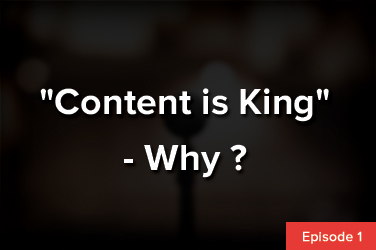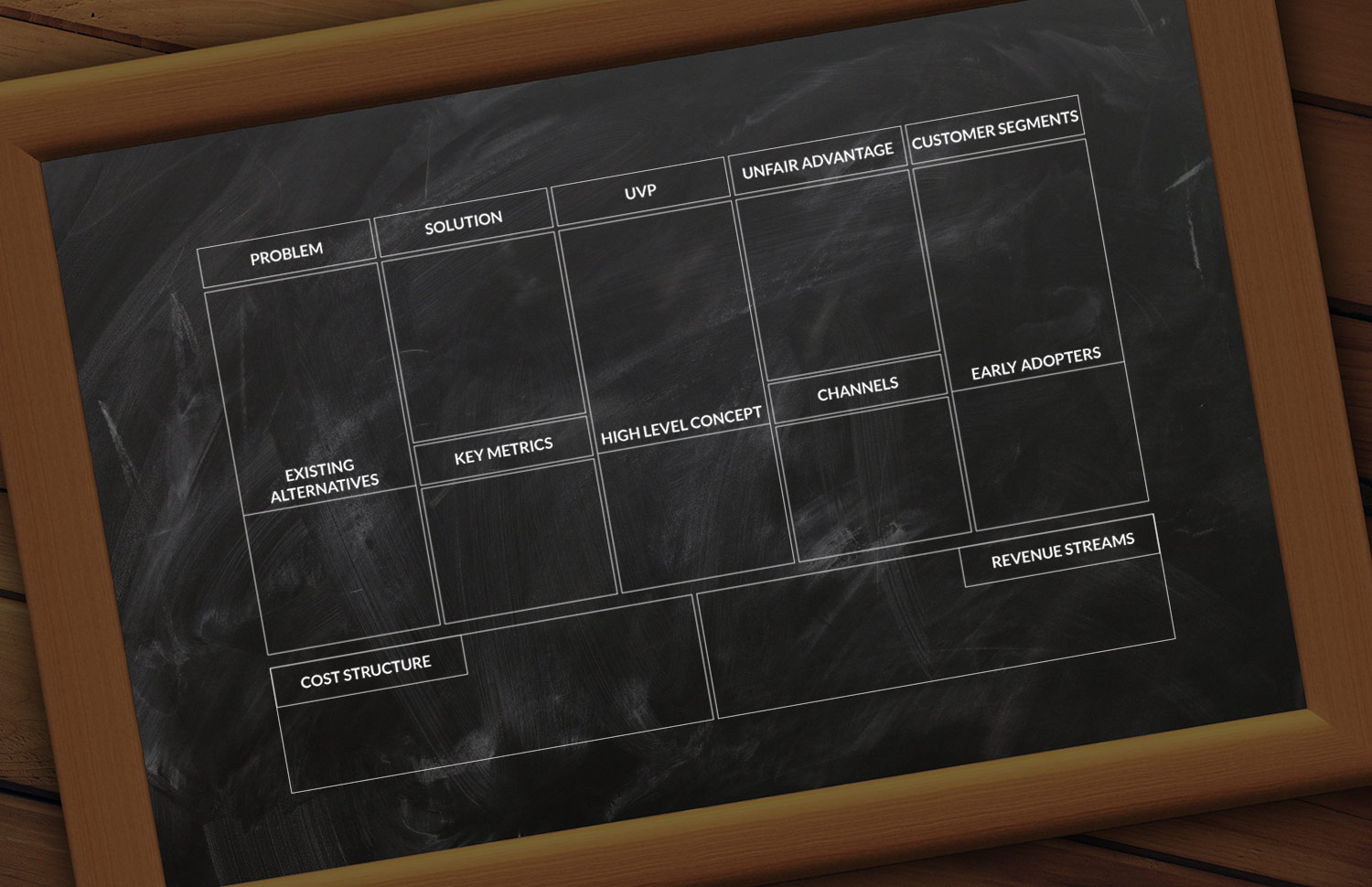Inbound Marketing – Perfect For People Who Hate Selling
Many business owners and marketing professionals have a secret that they usually keep to themselves: they actually hate selling. The fact is, not that many people are naturally good at sales. For the rest of us, it’s a necessary evil, something we only do when we think it’s essential for our livelihood. The good news […]
-
Many business owners and marketing professionals have a secret that they usually keep to themselves: they actually hate selling. The fact is, not that many people are naturally good at sales. For the rest of us, it’s a necessary evil, something we only do when we think it’s essential for our livelihood.
The good news is that the traditional approach to sales is rapidly becoming obsolete. The current generation tends to dislike the sales approach. So what’s the alternative? Inbound marketing, when done the right way, is not about selling, at least not in the way most of us think about it. It’s more about providing useful information and guiding customers to find products that actually benefit them.
The Problems With Selling and Outbound Marketing
Selling has long been an essential business skill. It’s also the approach that’s closely associated with traditional outbound marketing strategies such as direct mail (better known as junk mail) TV, radio and print advertising. Certain online marketing tactics are also outbound. Banner ads, telemarketing, and unsolicited emails (aka spam) fall into this category. All of these marketing tactics involve an aggressive, heavy-handed approach. Younger people, in particular, dislike this type of advertising. One study found that 84 percent of millennials distrust traditional advertising. This is a wakeup call to everyone in the business world.
Some of the characteristics of traditional selling and outbound marketing include:
- Broad, untargeted approach. The typical TV commercial, spam email or print ad is designed to reach a broad audience. There’s little or no customization, targeting, or segmenting.
- One-way communication. Selling is mostly about the salesperson or ad telling the customer why he or she needs the product. Sophisticated sales people are trained to respond to common questions and objections but the focus is on persuasion rather than genuine two-way communication.
- Costly and resource-intensive. Because of the broad approach, outbound marketing tactics require a large budget and lots of time. If you’re going to send out unsolicited direct mail or emails, you’ll have to send out a very large number of them. Traditional print and TV ads are very expensive.
- Low response rate. Outbound marketing has always suffered from low response rates. This is only getting worse as younger audiences have less and less patience for this type of marketing. This makes the process even more costly and time-consuming.
Inbound Marketing: an Alternative to Traditional Selling
For business owners and marketing professionals who don’t like selling, inbound marketing is a viable alternative. Happily, this is also the approach that your customers increasingly prefer. Inbound marketing reverses the typical qualities of selling.
- Highly targeted. With inbound marketing, you tailor your message to a laser-targeted audience. Ideally, you segment your audience into as many groups as possible by criteria such as gender, age, geography, interests, and buying history. The point is that you’re not trying to reach everyone; only people who can truly benefit from your product or service.
- An educational approach. Rather than simply listing the features and benefits of your product, you strive to educate your audience. That’s why content marketing, whether with articles, blog posts, videos, or other content, is such a strong component of inbound. The best content isn’t directly selling but rather informing.
- Interactive. Whereas traditional selling is mostly about telling people why your product is so great, the inbound approach invites communication. You interact with customers via email, social media, webinars, your blog, and other platforms.
- Economical. An added benefit of inbound marketing tactics is that they’re cheaper to implement than outbound methods. Since you’re targeting your message more precisely, you don’t have to broadcast it as widely. This approach also tends to give you a better ROI, further reducing your marketing costs.
With inbound marketing, you can put aside many of the qualities normally associated with selling. You can forget about cold-calling, spamming, and writing cheesy copy full of hype. With this more educational, targeted, and toned-down approach, you connect with your customers in a more straightforward manner. This is better for both you and your customers.
To find out how we can convert your business ideas into money-making machines, contact us.
Archives by Month:
March
- Why People Buy? What key factors determine they would do business with you?
- Special Guest – Raj Smriti
- Let’s catch the Thief that is stealing your success



February
January
- The 5 Sins of Marketing to avoid for success
- How to charge what you’re worth?
- Ever heard “Content is King” – Why ?



July
- 20 Myths About Business Success Revealed
- 4 Ways to Stop Burning Money in Ads but Still Get More Customers?
- What’s the Key to Creating Successful Conversion Content? and Grow Sales!
- Inbound Marketing – Perfect For People Who Hate Selling
- The Worst Advice We’ve Ever Heard About Sales





March
- What is Buyer’s Journey & Why it matters for your business?
- 4 Reasons why your Marketing efforts are not paying off or converting?
- The Benefits of Buyer Personas and How to Get Started?
- Why We Don’t Sell Any Project Without Discovery?




February
- 10 signs your website might be ready for an upgrade
- Why your business needs a technical co-founder…and where to find one?


January
December
- Startups Business – Determining if Your Business is Ready for Funding
- Five steps to attract investors
- How to Make a Successful Startup Business Plan.
- 10 Common Mistakes New Businesses Make




November
- 10 Crucial Errors to Avoid for Startup Businesses
- Spread the Word: 4 Ways to Enhance Your Online Presence
- $100 website vs a $10,000 website? What’s the difference?
- Brochure Website vs. Sales Person Website – What Really Works for You?
- $10,000?! For a website? Is a website worth that much ?









